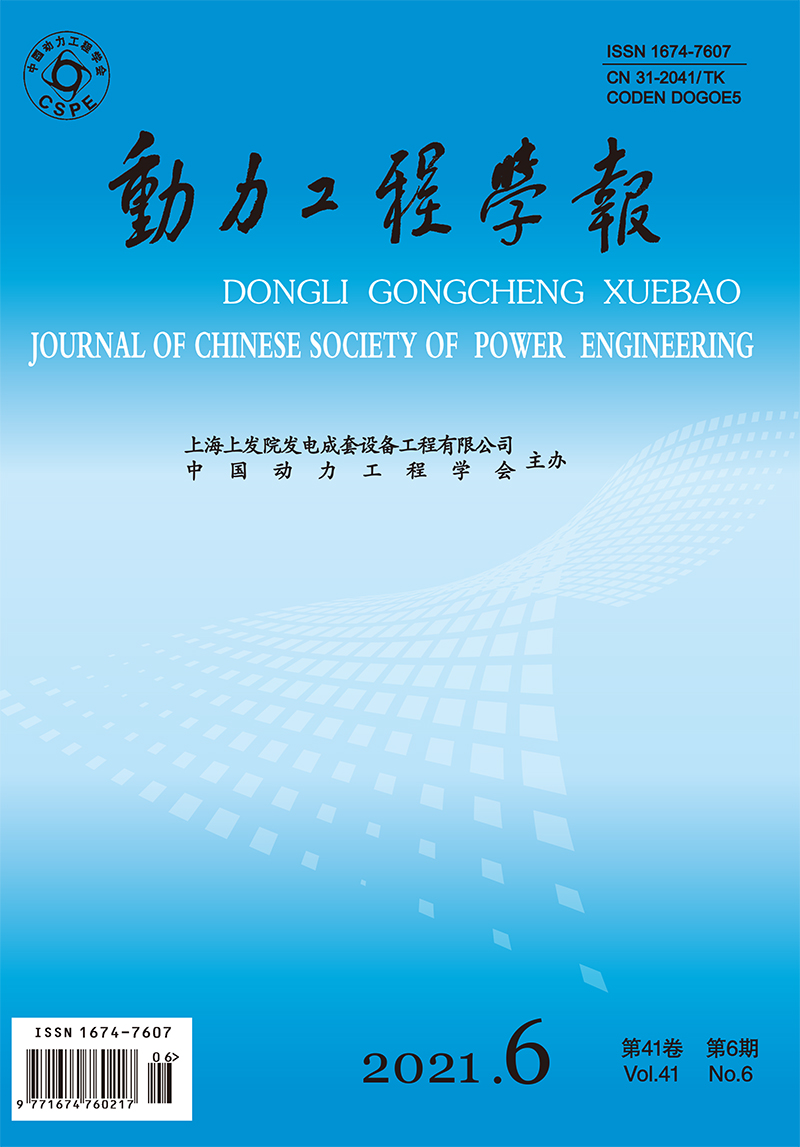Environmental Protection Technology and Equipment
MA Jingxiang, CHEN Yongxin, XU Dongsheng, XU Fang, XUE Shaofan, FAN Binbin, LIU Daokuan, MA Shuangchen
The physical and chemical properties of white mud and limestone were studied by different characterization instruments, such as energy dispersive spectroscopy(EDS), X-ray fluorescence(XRF)and scanning electron microscope(SEM), so as to analyze the effects of particle size of white mud and limestone on desulfurization performance and desulfurization products of the two desulfurizers. In addition, a mathematical model of calcium carbonate dissolution in desulfurization slurry was established based on the mass transfer equation, and the effects of particle size distribution, mass fraction, temperature and particle sphericity on dissolution rate were analyzed. Results show that compared with limestone, particle size of white mud is smaller, and its size distribution is more concentrated, which result in higher CaCO3 dissolution rate in white mud, better slurry reactivity and desulfurization efficiency in the same condition, however, the dissolved oxygen capacity of white mud is lower. After full pretreatment, white mud can be used to desulfurize, and the crystal form of gypsum produced by white mud is better than that of limestone. Moreover, the gypsum produced by white mud has characteristics of large particle size and concentrated particle size distribution. When white mud and limestone are mixed for desulfurization, it is likely to cause difficulty in gypsum dehydration. The main reason is that particle sizes of gypsum produced by the two kinds of desulfurizers are greatly different, the salt content in the mixed slurry is high, the gypsum produced by white mud desulfurization would wrap the limestone, and the "shell effect" may occur.
